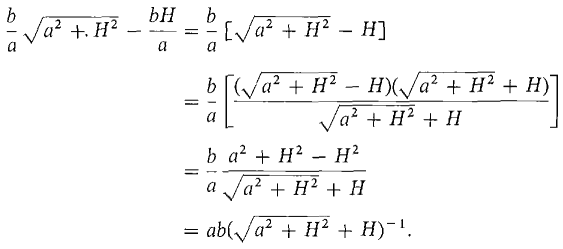

and large, the main strategy for doing so was infinitesimals. Note that, generally, books (such as Keisler's Elementary Calculus: An Infinitesimal Approach) that approach Calculus from the perspective of infinitesimals also discuss epsilon-delta limits the concept is so standard that it's hard to learn calculus without encountering it. Useful limits and infinitesimals analytics is normally evolved working with tiny amounts. The primary reason epsilon-delta limits were introduced and standardized was that infinitesimals were unable to be made rigorous. However, they are generally much more rarely encountered today. Both Leibniz and Newton thought in terms of them.

Thus avoidance of infinitesimals came at the cost of a strange dual. When calculating the limit of a ratio of two infinitesimals, we can replace the terms of the ratio by their equivalent values.

It is a quantity that is infinitely small so small as to be non-measurable. Infinitesimals seem more intuitive to me - although I have not looked into them extensively, I often think of things as infinitesimals first and then translate my thoughts to limits. Likewise, y dx is not an actual sum of terms y dx, but the limit of a sum of terms y x. In normal English, infinitesimal means something that is extremely small, but in mathematics it has an even stronger meaning. There is rarely a simple "better" for this sort of thing.Įpsilon-delta limits are by far the most popular approach and are how the subject is most often taught.


 0 kommentar(er)
0 kommentar(er)
